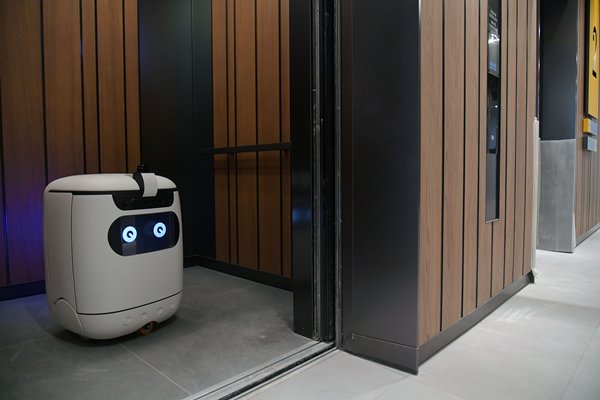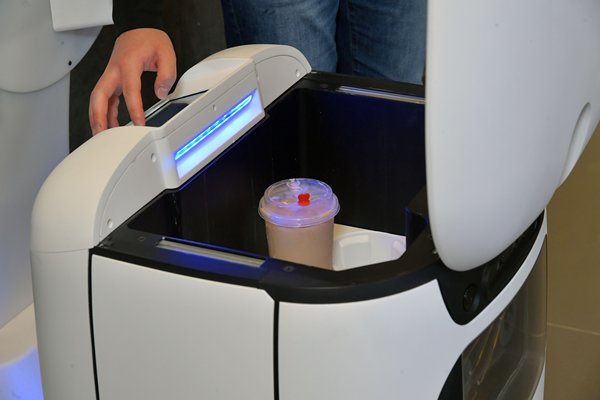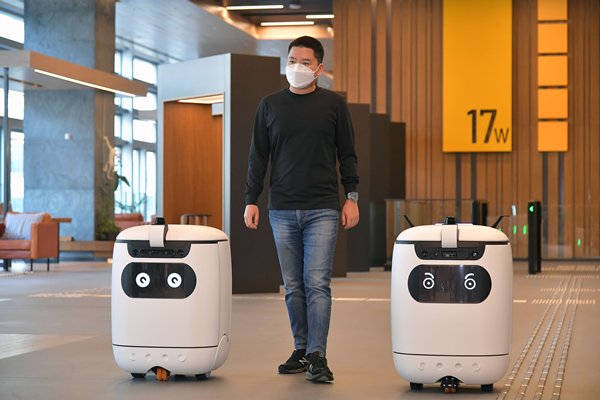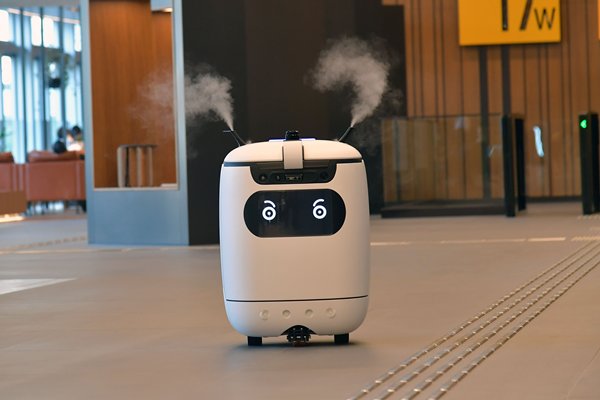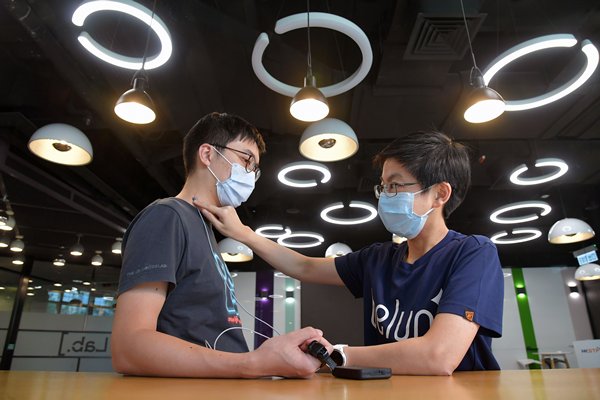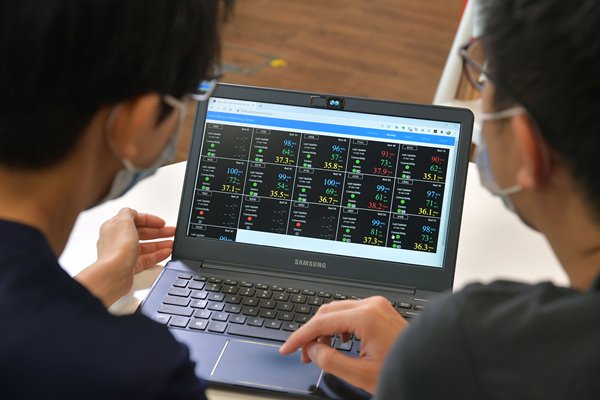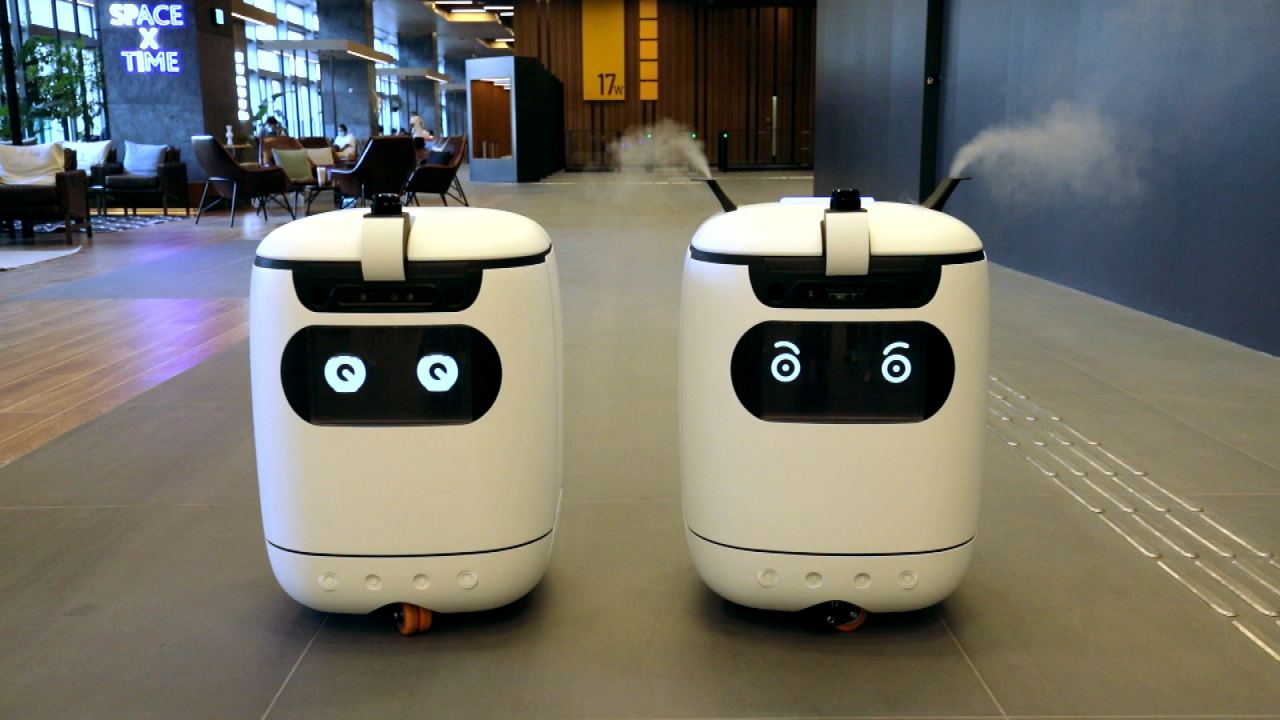Tech firms pitch in to fight COVID-19
A technology company at the Science Park has developed a compact little robot called Rice that is proving useful during these times of social distancing.
It can deliver documents and food automatically, as long as the destination address is input properly.
Rice can navigate through different floors of a building, even using the lift by itself. When a task is completed, it goes straight back to the charging station.
Technology company founder & CEO Victor Lee said Rice can help minimise staff contact with travellers who are required to undergo quarantine in hotels under the COVID-19 regulations.
“We provide the robots to some of the local hotels that provide a quarantine service to some of the guests in Hong Kong. Our robots also contribute to provide contactless delivery to the guests,” Mr Lee explained.
Brilliant duo
Rice is equipped with a camera and an ultrasound sensor. Together with the light detection and ranging as well as the simultaneous localisation and mapping technologies, it can detect objects and avoid obstacles in its path.
It is not the only robot playing a role in the epidemic fight. There is another robot with a spraying function that can be used to deposit a fine mist of disinfectant into the air. It is usually deployed to busy shopping malls.
“To hotels, our robots can provide the value of bringing a contactless solution to the guests. In shopping malls, the value is very different. The robots can greet the guests, can take a Q&A, and can provide air disinfection,” said Mr Lee.
Real-time monitoring
Another medical technology company at the Science Park has developed a real-time monitoring system to check people’s body temperature, pulse rate and blood oxygen level.
The system alarm is triggered when it detects abnormalities and enables medical staff to promptly check on their patients.
Technology company CEO Lydia Leung explained that this is particularly useful for monitoring the health condition of those under quarantine or confirmed cases of COVID-19 in hospitals.
“The real-time monitoring system mainly makes use of a cellular connected device.
“We can send data to our cloud and have a real-time display for doctors or caregivers, such that they can in real time, whether in hospitals, in canteens or even in their homes, monitor the situation of patients or users.”
Ms Leung added that the Hospital Authority has conducted trials of the system in public hospitals and a quarantine centre.
She hopes the technology can help limit doctors and healthcare workers’ direct contact with COVID-19 patients and relieve the pressure on local frontline healthcare professionals.
This synergy between technology and creativity has enabled Hong Kong’s entrepreneurs to contribute in a variety of ways to help fight the COVID-19 epidemic and support the public during this unprecedented situation.
